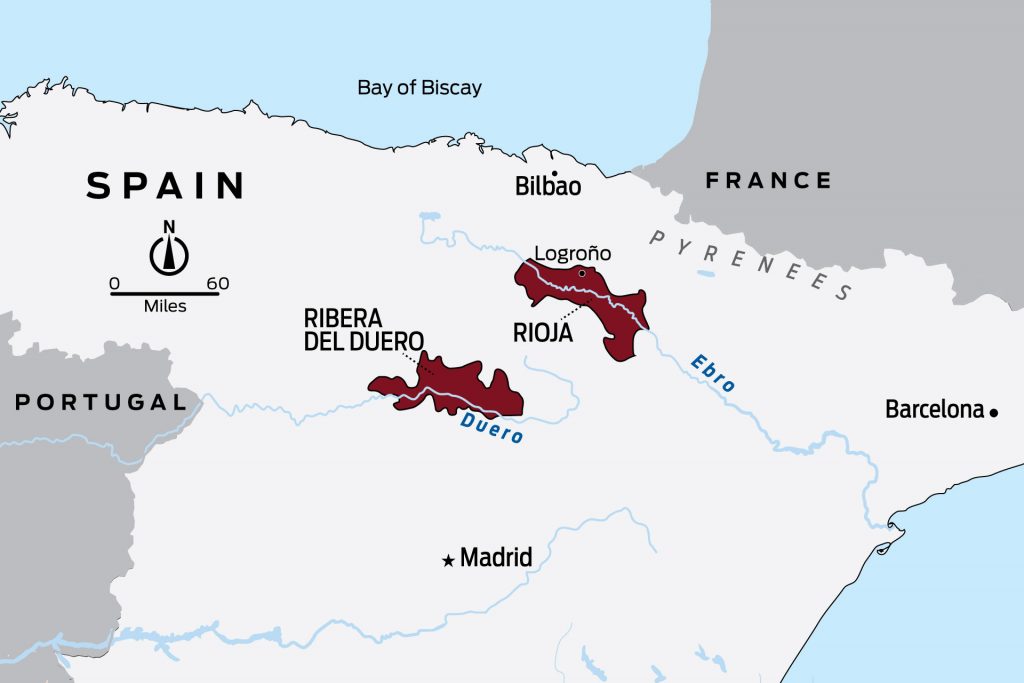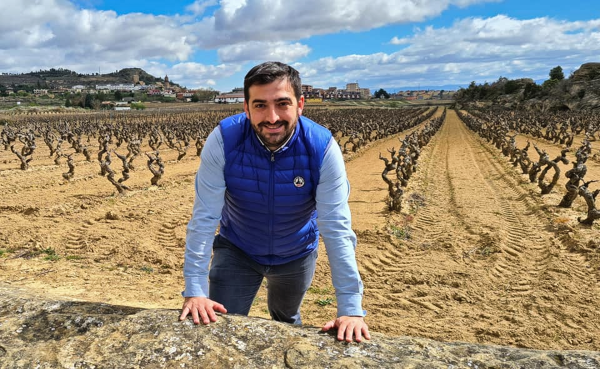As a follow-up to my last blog about Cellaring Wine in NZ, this update is about different kinds of wines and their suitability for cellaring.
The premise is that different wine styles have substantial differences in their aging potential, partly relating to the grapes themselves, and others to the way that the wines are “built” by the winery.
To put it bluntly, many wines especially a significant portion of those produced in New Zealand are not designed to be cellared for the long haul. This suits the average Kiwi wine drinker just fine- after all our fast paced lifestyle sets us in search of immediate gratification, and few of us have the patience, budget or inclination to set aside wines now for future enjoyment. It also appeals to many “the trade” including restaurants and wineries, and especially the accountants. It’s all well and good for a wine to rest 5 years in the cellar before carefully decanting and enjoying, but our relatively young wine industry (by European standards) doesn’t have the financial strength to forgo an extra 5 years of revenue and only release a wine when it is ready to drink.
Let’s take the darling of the NZ wine industry- Sauvignon Blanc. Savvy dominates our wine industry in a big way, a quick snapshot of the numbers confirms it: 68% of our wine production comes from this one grape variety, and makes up whopping 80% of our wine exports overseas! It is so popular because it’s so distinctive. Mouth-watering acidity, zesty bright flavours, and an easy match with a wide range of seafood dishes. The majority of our Sauvignon is fermented in large temperature controlled stainless steel tanks, to maximise this freshness and fruitiness, and often bottled and released less than 6 months after harvest. Our style of Sav is made to be consumed young and fresh, the aging process will transform the wine and will lose its zesty vigour, the safety of screw-cap closures means a Sav will go 3 years in the bottle without losing the characteristics that make it sought after. This is significantly different from a classic French “Pouilly-Fumé ” made from the same grape, but spends time in toasted oak barrels that along with the flinty soils impart smoky, minerally, complex flavours. A “Fumé” will happily go 3-6 years in the cellar to get to its best.
So to take a step back, what are some of the physiological characteristics that enable a wine to age well? Well, there are three major contributors:
- Acidity
- Tannin
- Sweetness
Given most wines are “dry” rather than sweet, the first two of these criteria tend to dominate. Cabernet Sauvignon is a classic example of a bold & full bodied red wine with plenty of rich tannins, and has a higher acidity compared to its favourite blending partner Merlot. A top quality Bordeaux will need aging for a bare minimum of 5 years from vintage, preferably ten or more.
Nebbiolo is an Italian grape that has high natural tannins, often amplified by particular wine making techniques – a traditional style of Barolo should spend 10 years in the cellar before opening, whereas a modern style Barolo that has been made with micro-oxygenation, shorter cooler ferment, and smaller oak barrels to make them drinkable within 5 years.
Of New Zealand’s most age worthy reds, typically they are ‘Bordeaux-style’ of wines, Cabernet dominant. Two that immediately spring to mind are the ‘Te Mata Coleraine’ and ‘Stonyridge Larose.’ Both are made with meticulous attention to the quality of the fruit, grown at low yields, made to last 10 years or more.
What about whites? The misconception is that white wines don’t age, and while the stereotypical Marlborough Sav certainly should be drunk young, others like Riesling and Chenin Blanc deserve time to develop more complexity. As at the time of this blog, we stock a French ‘Vouvray’ made from Chenin Blanc from 1996, and at close to 20 years old is drinking wonderfully now, but will live happily for another 10 years or more. We unfortunately sold out of the 1988 vintage earlier this year, which was an absolute stunner… and I have a single bottle of 1976 in my cellar awaiting a certain O-themed birthday next year. It better not be corked!!
So what kind of rule of thumb should we follow for Kiwi wines? Generally speaking, anything in the ‘under $20’ category should be ready to drink right-away. They are made to a budget and to be immediately accessible. You wouldn’t be rushing back to buy a wine that you didn’t enjoy the first time around! Here’s a short rule of thumb for Kiwi wines, with years from ‘vintage’:
|
Drink Now |
Save for 1-3 years |
Prefer 3-5 years |
5+ Years |
|
Sauvignon Blanc |
Pinot Gris |
Mid-tier Pinot Noir |
‘Bordeaux’ blends |
|
Rose |
Gewurztraminer |
Riesling |
Top end Pinot Noir |
|
Un-Oaked Chardonnay |
Most cheap stickies |
Oaked Chardonnay |
Chenin Blanc |
|
Most cheap wine |
|
Syrah |
Good dessert wines |
There are exceptions to these, which I won’t dwell on, but happy to provide more specific advice for individual wines. We happily enjoyed a Clearview Reserve Chardonnay from Hawkes Bay at 7 years old, drinking at its prime. Of course a cellaring recommendation doesn’t mean a bean if you prefer your wines more vigorous and youthful with plenty of fruit but less of the secondary characters.
Which brings me to another pet peeve- wine labelling is often done by the marketing side of the winery, rather than necessarily with the wine cellar in mind. Some of these are hilarious: “suitable for any chicken or fish dish, or as a substitute for any red wine”! Occasionally they will provide a recommendation of how long to keep it, helpfully suggesting “keep for 3-5 years.” But 3-5 years from what date? The year of “vintage” (ie- when the grapes were picked & crushed), the date that the wine was bottled (which could be anywhere from 6 months to 5 years after the vintage date), or the date you bought the wine… also less than useful unless you want to keep a record of when you bought every bottle in your collection. So- note to wineries: put a range of YEARS on your recommended drinking guides.


